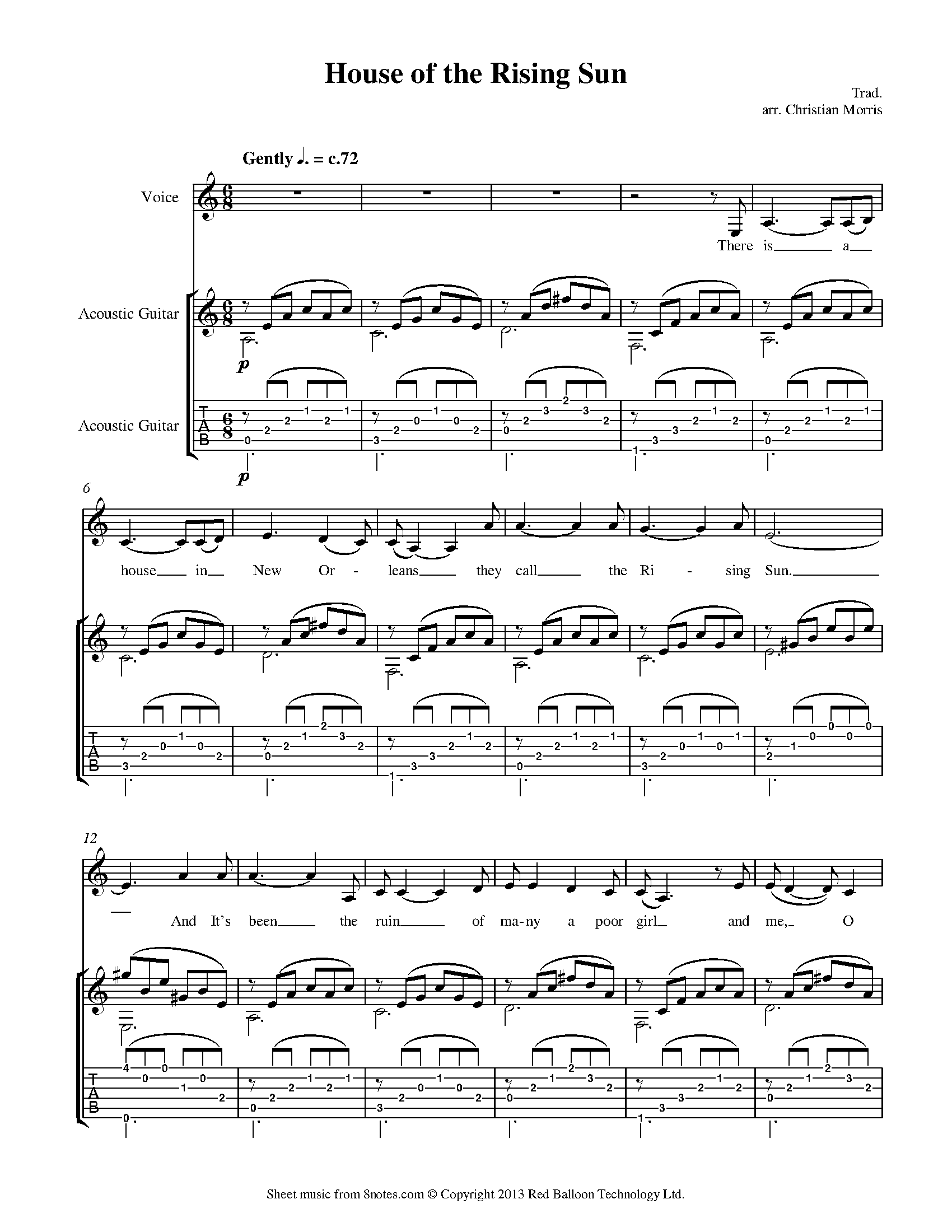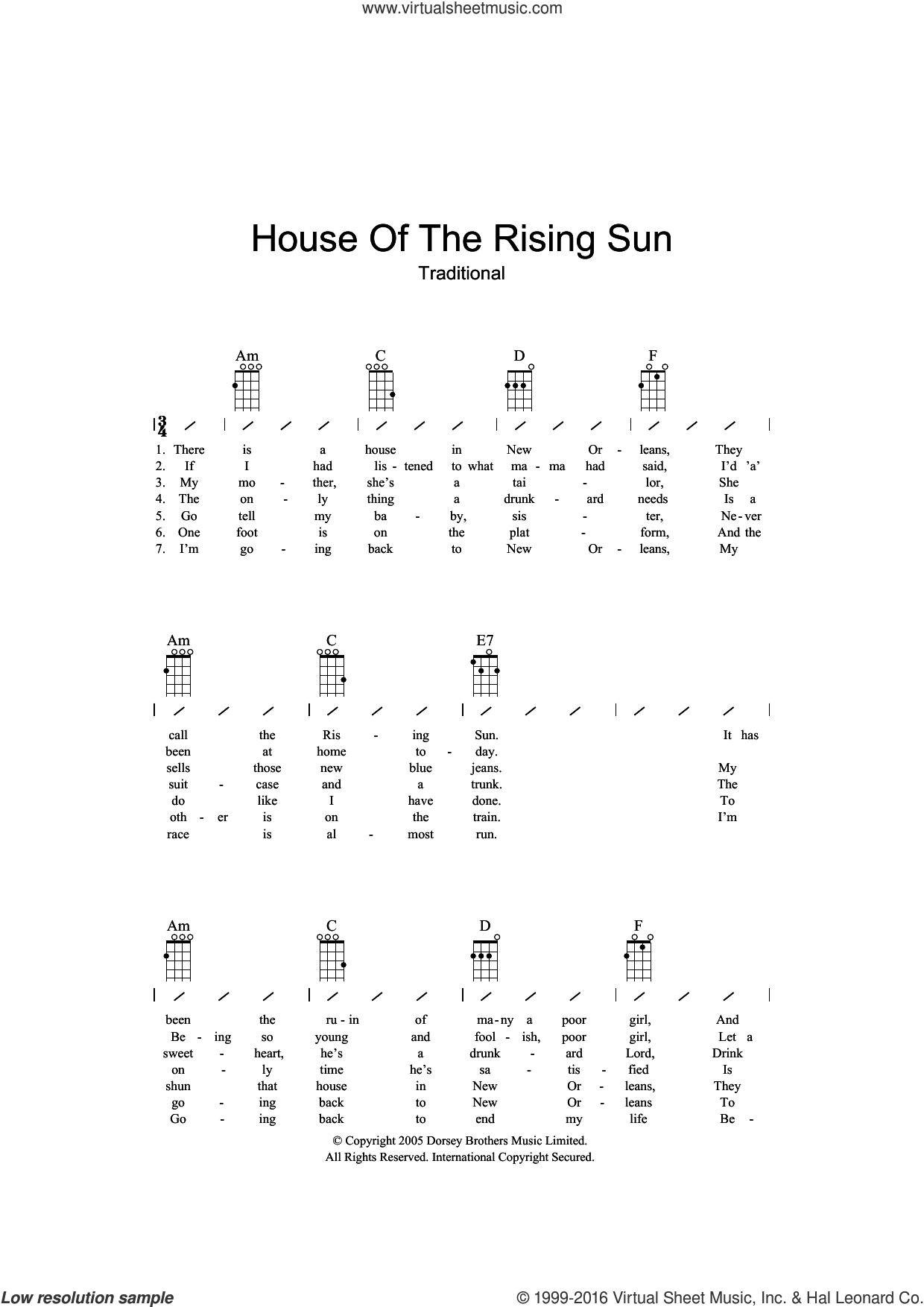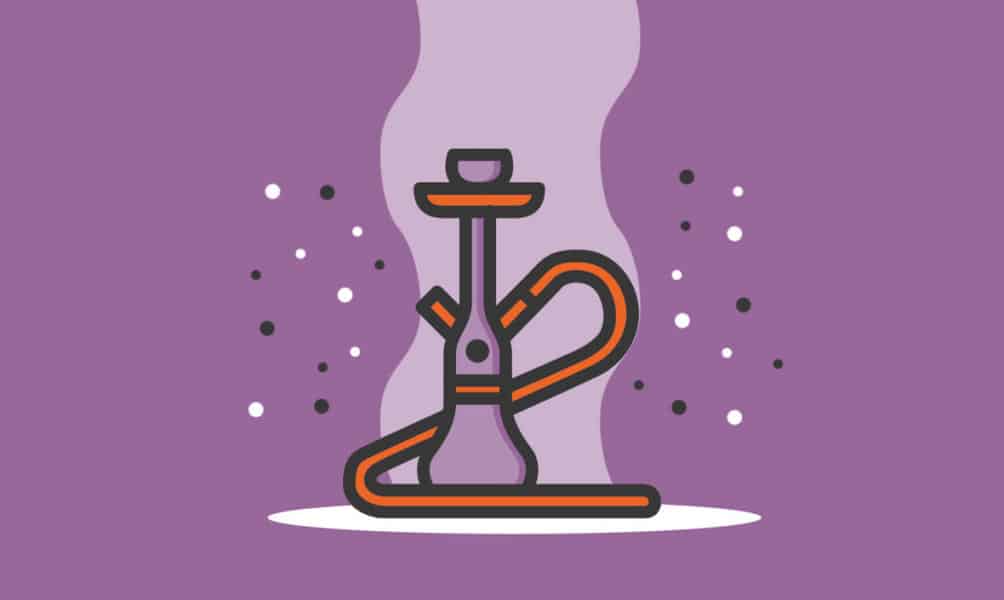Table Of Content
- Watch Jelly Roll and Bunnie Xo Party Like Rockstars During Nickelback Performance
- Earliest American versions
- The Meaning Behind The Song: The House Of The Rising Sun
- Behind The Song Lyrics: “House of the Rising Sun,” The Animals
- Select a country or region
- Grey Fox Bluegrass Festival Lineup to Include Del McCoury Band, Molly Tuttle & Golden Highway, Many More
- Who is the Writer Behind “House of the Rising Sun?”
- Videos by American Songwriter

To most people, even mentioning House of the Rising Sun evokes memories of The Animals‘ 1964 smash hit, with it’s instantly recognizable circular chord pattern in A-minor. The song itself, however, enjoys a hidden and shockingly broad history that spans every folk-inspired corner of the United States, and dates far earlier than the mid-1960s, when it’s popularity exploded. The Doors’ rendition of House of the Rising Sun showcases the band’s unique sound and their ability to infuse their own emotions into a timeless folk song. The combination of Jim Morrison’s powerful vocals, Ray Manzarek’s haunting organ, and the band’s signature psychedelic sound creates a mesmerizing experience for the listener.
Watch Jelly Roll and Bunnie Xo Party Like Rockstars During Nickelback Performance
The song was first collected in Appalachia in the 1930s, but probably has its roots in traditional English folk song. A lot of people have sung the song over the years, and there will be a lot that still will sing it. The message in “House of the Rising Sun“ still has relevance today, which is why it is called a timeless song. However, I doubt anyone will ever come close to Eric Burdon’s rendition, which creates the feeling of the tortured soul the song is about. I suppose to an extent, that will depend on whether it is a man or a woman singing it. However, there is a major theme in “House of the Rising Sun” that is common to just about all versions.
How the Animals Claimed 'House of the Rising Sun' as Their Own - Ultimate Classic Rock
How the Animals Claimed 'House of the Rising Sun' as Their Own.
Posted: Sat, 13 Jul 2019 07:00:00 GMT [source]
Earliest American versions
Today, we’re bringing you another entry in American Blues Scene’s exclusive “Brief History of a Song” series. Other songs exist with similar titles but are unrelated, including “Rising Sun Blues” by Ivy Smith in 1927. It is interesting how Burdon didn’t perform the song for a long time after the Animals split, calling it an “embarrassment”. He has since made peace with it, however, and has revisited it on various occasions in different styles.
The Meaning Behind The Song: The House Of The Rising Sun
The Rising Sun in the song serves as a metaphorical representation of a place of corruption and moral decay. It symbolizes the protagonist’s descent into a life of vice and self-destruction. The Rising Sun can also be seen as a warning, showcasing the consequences of one’s actions and the potential for redemption. A song that, when you try to get to the bottom of what it is all about and where it came from, asks more questions than it answers.
Behind The Song Lyrics: “House of the Rising Sun,” The Animals
Colombian band Los Speakers covered the song under the title "La Casa del Sol Naciente", in their 1965 album of the same name. "House of the Rising Sun" was not included on any of the group's British albums, but it was reissued as a single twice in subsequent decades, charting both times, reaching number 25 in 1972 and number 11 in 1982. A beautiful, comprehensive volume of Dylan’s lyrics, from the beginning of his career through the present day-with the songwriter’s edits to dozens of songs, appearing here for the first time. There is a house in New Orleans, it’s called the Rising SunIt’s been the ruin of many poor girlGreat God, and I for one. As a final note, the legacy of House of the Rising Sun lies in its ability to transcend time and connect with audiences on a deep emotional level.
Select a country or region
At the very least, he tries to use his example to save others—Oh mother, tell you children not to do what I have done. And maybe he even hesitates for just a moment before committing to his return, Well, I got one foot on the platform/The other on the train. If the music sounded almost supernatural, Burdon’s vocal gave the song its terrestrial heart, one rent in two by the loaded dice and lost bets. He tempers his performance, starting off low and with deadly serious intent to grab your attention. When he soars up an octave, all the pain and anguish come pouring out. At the time, New Orleans businesses listed as coffee houses often also sold alcoholic beverages.

Both the Joan Baez and Dylan versions were included on their first albums, which were both very folk-oriented. One thing for certain is that the original version of “House of the Rising Sun” had nothing to do with New Orleans. The first people to sing it had probably never even heard of New Orleans. With each verse, a sense of desperation and regret permeates the lyrics. The lines, “Oh mother, tell your children not to do what I have done. Spend your life in sin and misery, in the house of the rising sun,” serve as a solemn plea from the narrator to warn others against following his path.
So, we shouldn’t be surprised to find references to ‘The Rising Sun.’ It is a common name for an English pub even today. Pubs of two to three hundred years ago were often “houses of ill-repute.” The song was likely carried to America by immigrants who performed it there, from whence local names and traditions became intertwined. The song was first recorded in 1933 by Clarence Ashley and Gwen Foster under the title “Rising Sun Blues.” In response to a question about the song’s origins, Ashley said that his grandfather had taught it to him. Grandfather Enoch was married at the time of the American Civil war, which places the timeframe we are looking at in context.

Videos by American Songwriter
In these variations, the narrator is a woman bemoaning her return to prostitution. Male singers made it “the ruin of many a poor boy,” which transformed the title establishment into a gambling den. The other story is that it actually talks about a women’s prison outside New Orleans that had the image of a sun over the gate.
Although the date and author of the song are unknown, some musicologists have said that it resembled ballads of the 16th century, and could very easily have derived from one of that time. As a popular folk song, the oldest record of “House of the Rising Sun” in reference to a song was 1905, and it was first recorded in 1933 by an Appalachian group. Other early recordings include Woody Guthrie’s version from 1941 and Bob Dylan in 1961. The version by the Animals, however, is by far the most popular, and Dylan is often annoyed when it is assumed that he covered that song from them. The Animals' version of the American folk song is considered one of the 20th century’s British pop classics.
It was also a time when train lines were still largely being built across America, with many workers singing in unison as they laid rail lines into and from various towns. This can be evidenced in many of both Alan Lomax and his father, John’s folk recordings, where dozens of workers can be found singing in unison — and sometimes harmony — to the tune of their hammers hitting railroad spikes. Anthony describes a situation where he found a version of House of the Rising Sun, in Oklahoma.

No comments:
Post a Comment